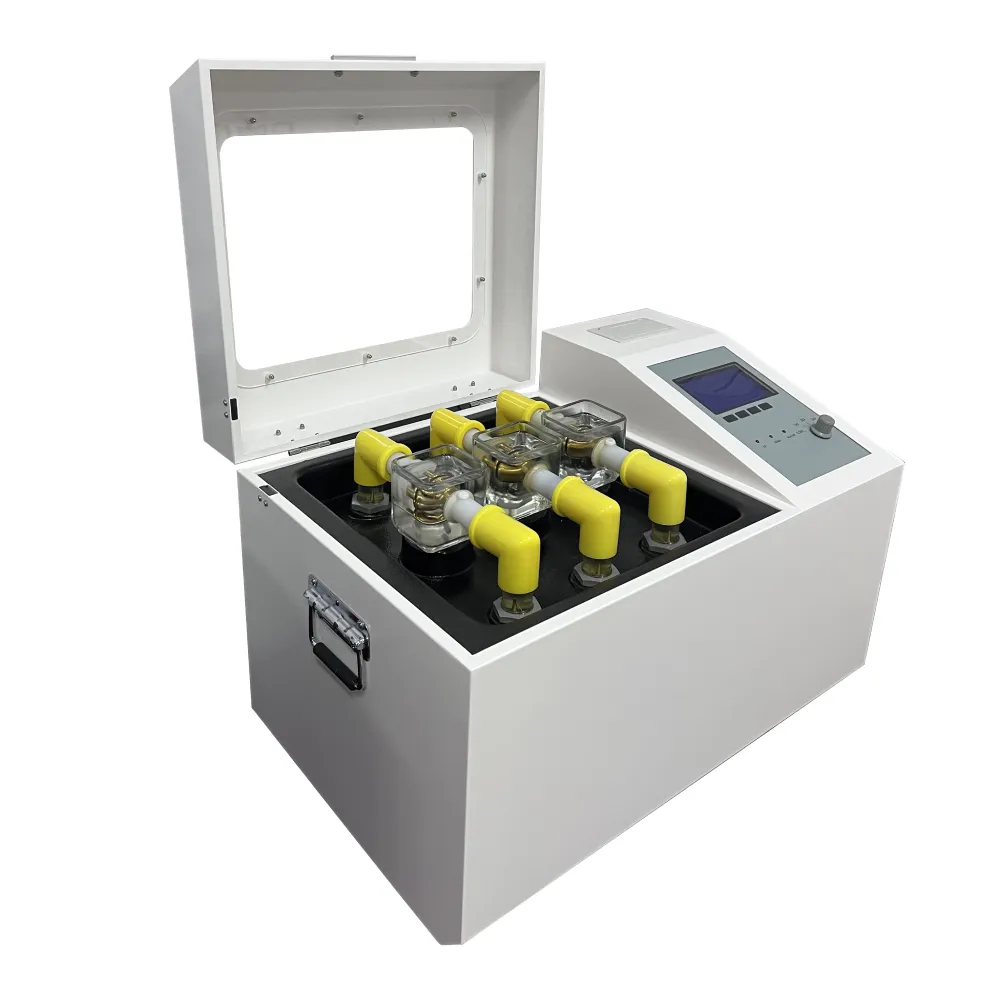 English
English



-
 Afrikaans
Afrikaans -
 Albanian
Albanian -
 Amharic
Amharic -
 Arabic
Arabic -
 Armenian
Armenian -
 Azerbaijani
Azerbaijani -
 Basque
Basque -
 Belarusian
Belarusian -
 Bengali
Bengali -
 Bosnian
Bosnian -
 Bulgarian
Bulgarian -
 Catalan
Catalan -
 Cebuano
Cebuano -
 China
China -
 China (Taiwan)
China (Taiwan) -
 Corsican
Corsican -
 Croatian
Croatian -
 Czech
Czech -
 Danish
Danish -
 Dutch
Dutch -
 English
English -
 Esperanto
Esperanto -
 Estonian
Estonian -
 Finnish
Finnish -
 French
French -
 Frisian
Frisian -
 Galician
Galician -
 Georgian
Georgian -
 German
German -
 Greek
Greek -
 Gujarati
Gujarati -
 Haitian Creole
Haitian Creole -
 hausa
hausa -
 hawaiian
hawaiian -
 Hebrew
Hebrew -
 Hindi
Hindi -
 Miao
Miao -
 Hungarian
Hungarian -
 Icelandic
Icelandic -
 igbo
igbo -
 Indonesian
Indonesian -
 irish
irish -
 Italian
Italian -
 Japanese
Japanese -
 Javanese
Javanese -
 Kannada
Kannada -
 kazakh
kazakh -
 Khmer
Khmer -
 Rwandese
Rwandese -
 Korean
Korean -
 Kurdish
Kurdish -
 Kyrgyz
Kyrgyz -
 Lao
Lao -
 Latin
Latin -
 Latvian
Latvian -
 Lithuanian
Lithuanian -
 Luxembourgish
Luxembourgish -
 Macedonian
Macedonian -
 Malgashi
Malgashi -
 Malay
Malay -
 Malayalam
Malayalam -
 Maltese
Maltese -
 Maori
Maori -
 Marathi
Marathi -
 Mongolian
Mongolian -
 Myanmar
Myanmar -
 Nepali
Nepali -
 Norwegian
Norwegian -
 Norwegian
Norwegian -
 Occitan
Occitan -
 Pashto
Pashto -
 Persian
Persian -
 Polish
Polish -
 Portuguese
Portuguese -
 Punjabi
Punjabi -
 Romanian
Romanian -
 Russian
Russian -
 Samoan
Samoan -
 Scottish Gaelic
Scottish Gaelic -
 Serbian
Serbian -
 Sesotho
Sesotho -
 Shona
Shona -
 Sindhi
Sindhi -
 Sinhala
Sinhala -
 Slovak
Slovak -
 Slovenian
Slovenian -
 Somali
Somali -
 Spanish
Spanish -
 Sundanese
Sundanese -
 Swahili
Swahili -
 Swedish
Swedish -
 Tagalog
Tagalog -
 Tajik
Tajik -
 Tamil
Tamil -
 Tatar
Tatar -
 Telugu
Telugu -
 Thai
Thai -
 Turkish
Turkish -
 Turkmen
Turkmen -
 Ukrainian
Ukrainian -
 Urdu
Urdu -
 Uighur
Uighur -
 Uzbek
Uzbek -
 Vietnamese
Vietnamese -
 Welsh
Welsh -
 Bantu
Bantu -
 Yiddish
Yiddish -
 Yoruba
Yoruba -
 Zulu
Zulu
gas chromatographic instruments
Gas chromatography (GC) is a widely used analytical technique for separating and analyzing compounds that can be vaporized without decomposition. It is a powerful tool in various fields such as environmental testing, pharmaceuticals, food and beverage quality control, and petrochemical analysis. The primary components of gas chromatographic instruments include the injector, column, detector, and data acquisition system, each playing a crucial role in achieving precise and reliable results.
Gas chromatography (GC) is a widely used analytical technique for separating and analyzing compounds that can be vaporized without decomposition
. It is a powerful tool in various fields such as environmental testing, pharmaceuticals, food and beverage quality control, and petrochemical analysis. The primary components of gas chromatographic instruments include the injector, column, detector, and data acquisition system, each playing a crucial role in achieving precise and reliable results.Following the injector, the gaseous sample enters the chromatographic column, which is where the separation of compounds occurs. Columns can be made from various materials, including glass, stainless steel, or fused silica, and are often coated with a stationary phase that interacts differently with the various components of the sample. The choice of stationary phase and column dimensions, such as length and internal diameter, is crucial as they significantly influence resolution and analysis time. The temperature of the column is typically programmed or isothermal, depending on the analysis requirements.
gas chromatographic instruments

Once the compounds are separated, they pass to the detector, which identifies and quantifies the individual components. There are several types of detectors used in gas chromatography, including flame ionization detectors (FID), thermal conductivity detectors (TCD), and mass spectrometers (MS). FID is one of the most common detectors due to its sensitivity and ability to detect a wide range of organic compounds. In contrast, TCD works by measuring the change in thermal conductivity of the gas stream and is useful for detecting both organic and inorganic substances. Mass spectrometry, when coupled with GC (GC-MS), enhances the capability of the analysis by providing structural information about the compounds, allowing for the identification of unknown substances.
Data acquisition and analysis are the final steps in the gas chromatographic process. Modern GC instruments come equipped with sophisticated software that can create detailed chromatograms and execute complex data analysis techniques. This capability is critical for interpreting the results accurately, enabling users to obtain quantitative and qualitative data effectively. The integration of advanced software solutions has significantly improved the efficiency and accuracy of gas chromatography, making it an indispensable tool in laboratories.
In conclusion, gas chromatographic instruments are essential for the analysis of volatile and semi-volatile compounds across various industries. From the initial sample injection through the separation in the column to detection and data analysis, each component plays a vital role in delivering accurate and reproducible results. Continuous advancements in technology are making gas chromatography more efficient and versatile, further solidifying its role as a cornerstone of analytical chemistry. Whether used in a research lab or a quality control facility, GC remains a fundamental technique for tackling complex mixtures and ensuring product integrity.
-
Testing Equipment Industry Sees Major Advancements in 2025: Smart & Precision Technologies Lead the WayNewsJun.06,2025
-
Applications of Direct Current Generators in Renewable Energy SystemsNewsJun.05,2025
-
Hipot Tester Calibration and Accuracy GuidelinesNewsJun.05,2025
-
Digital Circuit Breaker Analyzer Features and BenefitsNewsJun.05,2025
-
Benefits of Real-Time Power Quality Monitoring Devices for Industrial EfficiencyNewsJun.05,2025
-
Earth Fault Loop Testing in High-Rise Building Electrical SystemsNewsJun.05,2025



